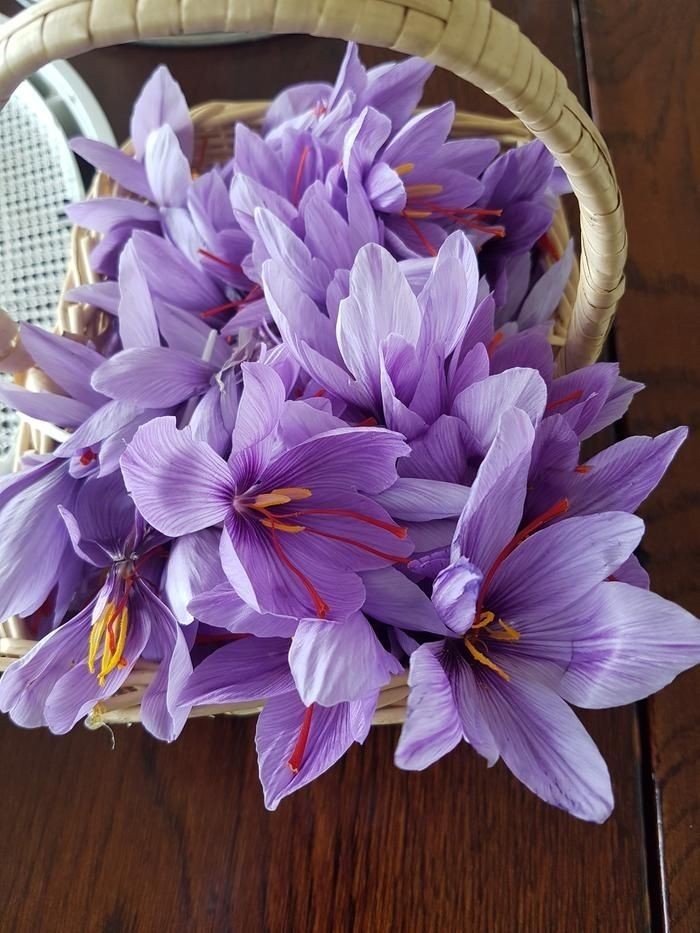Categories
The latest content
-
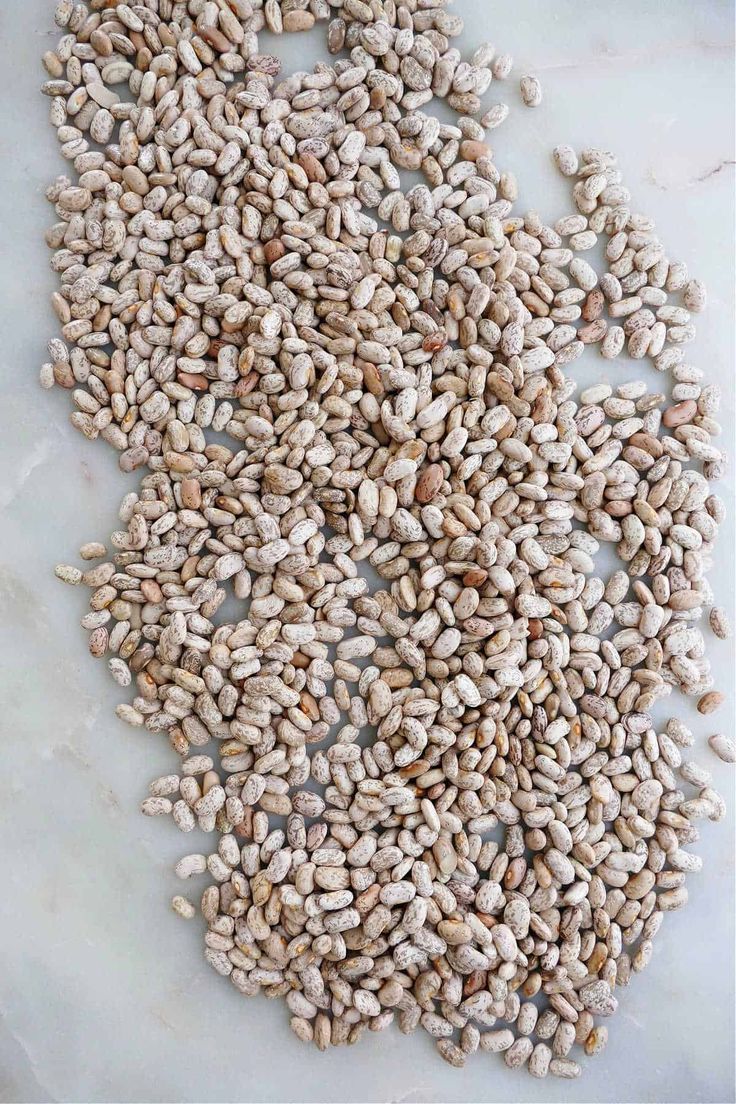
Customs Clearance & Import Regulations for Bulk Iranian Pinto Beans in EU, Middle East & Africa
..
-
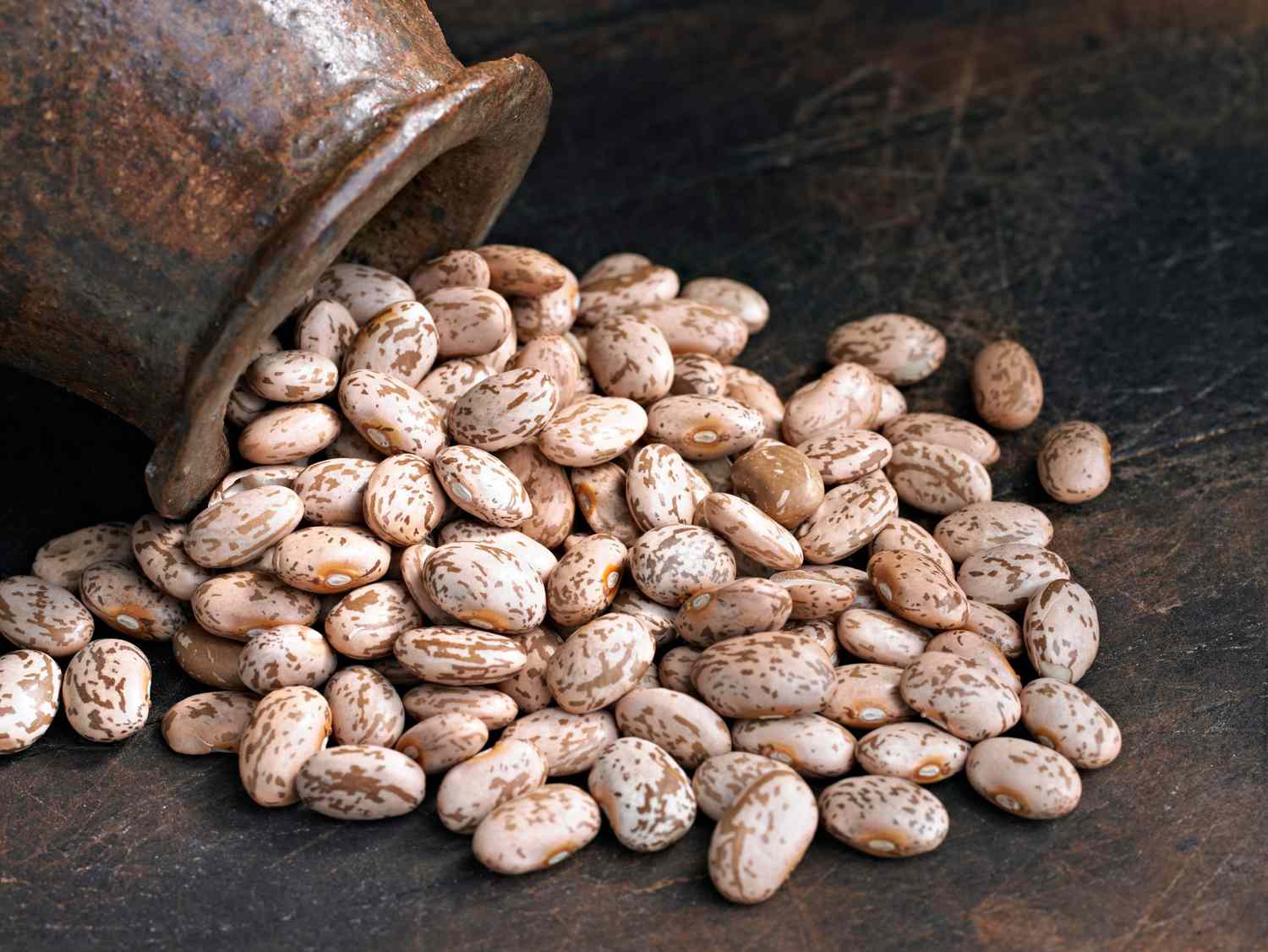
Quality Control & Laboratory Testing Standards for Iranian Pinto Beans
..
-
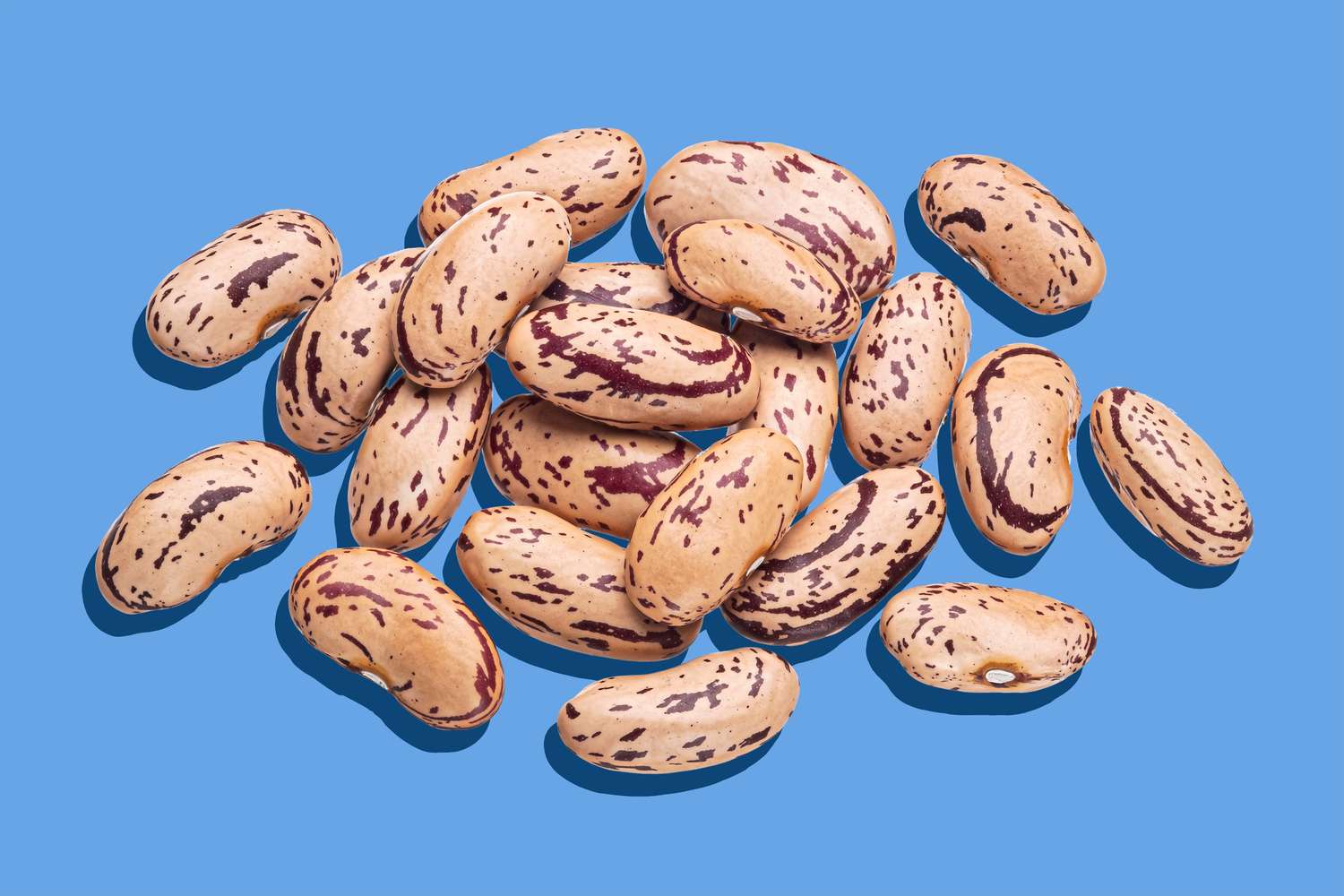
Logistics & Shipping Solutions for Bulk Iranian Pinto Bean Exports
..
-
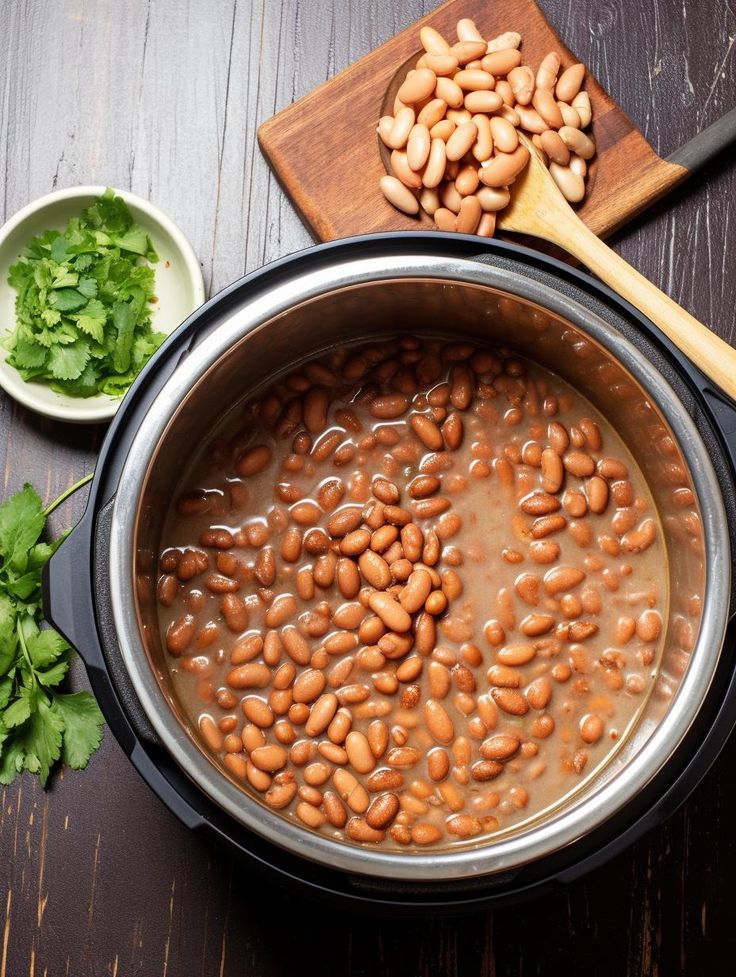
Minimum Order Quantity (MOQ) & Bulk Pricing for Iranian Pinto Bean Buyers
..
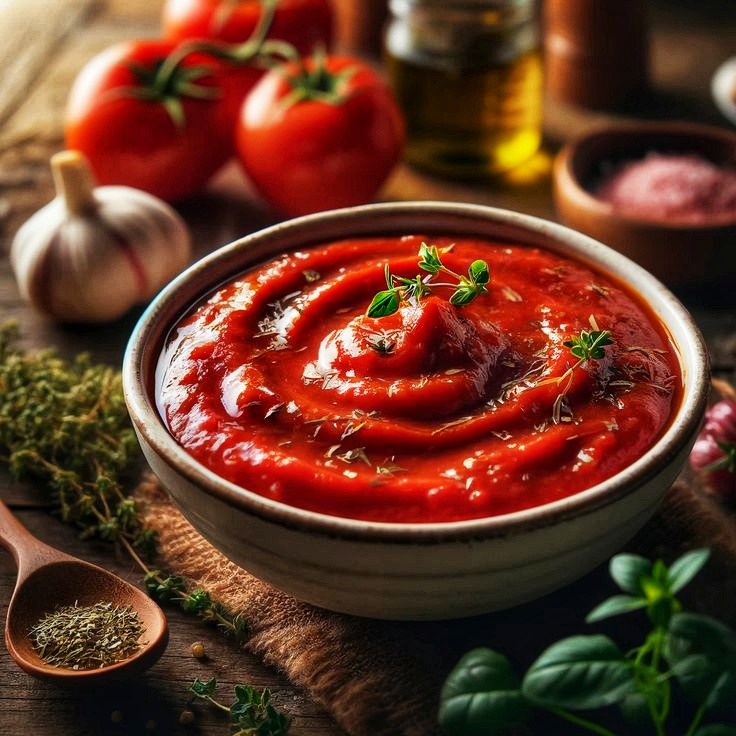
Tags
Decoding the Price of Red Gold: A Deep Dive into the Wholesale Market of Iranian Super Negin Saffron
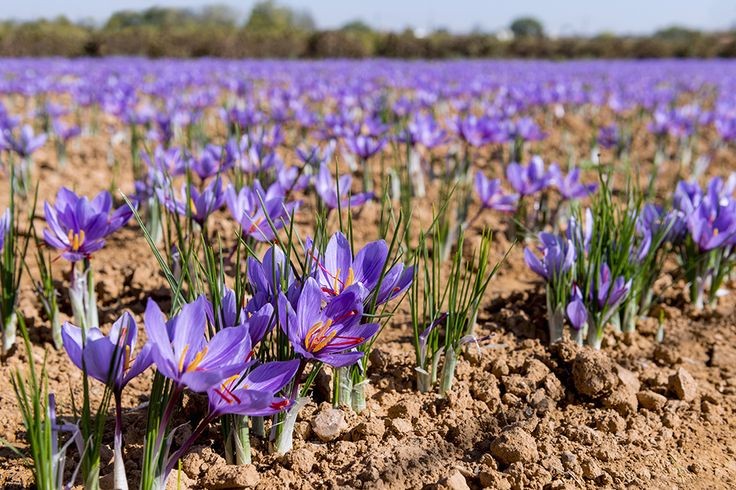
Iranian Super Negin Saffron, the crimson spice revered worldwide, holds a unique position in the global commodity market. Its intense flavor, captivating aroma, and vibrant color, coupled with the labor-intensive cultivation process, contribute to its high value, often referred to as “red gold.” But what are the precise forces that dictate the wholesale price of Super Negin Saffron in the international arena? This comprehensive analysis delves into the multifaceted factors that shape this market:
1. The Pinnacle of Quality: Grade and Purity
• The Super Negin Standard: The cornerstone of saffron pricing is undoubtedly quality. Super Negin represents the apex of saffron quality, characterized by its distinct attributes:
o All-Red Stigmas: Composed exclusively of the red stigmas, meticulously separated from the style.
o Length and Thickness: Longer, thicker stigmas signify higher quality and a greater concentration of desirable compounds.
• Color Intensity (Crocin Content): A high crocin content is paramount, dictating the vibrant red hue. Super Negin boasts the highest crocin levels, resulting in superior coloring power.
• Aroma (Picrocrocin Content): Picrocrocin contributes to saffron’s characteristic bitter-sweet taste and intense aroma. Higher picrocrocin levels enhance the sensory experience.
• Flavor (Safranal Content): Safranal is responsible for saffron’s distinct flavor profile. Super Negin possesses a higher safranal content, providing a richer and more complex taste.
• Laboratory Analysis: The Gold Standard of Verification: Objective assessment of saffron quality relies on rigorous laboratory analysis. Accredited laboratories analyze saffron samples to determine the precise levels of crocin, picrocrocin, and safranal. These lab reports serve as critical documentation, influencing price negotiations and ensuring transparency.
• Purity and Adulteration: Protecting the Integrity of Red Gold: Authenticity is paramount. Adulteration, the practice of adding foreign materials to increase weight or alter appearance, poses a significant threat to the saffron market. Common adulterants include:
• Flower Styles: The yellow and white parts of the saffron flower
• Other Plant Parts: Adding parts from similar plants
• Artificial Coloring Agents: Dyes used to enhance the red color
• Moisture: Adding moisture to increase weight. Rigorous quality control measures, including visual inspection and laboratory testing, are essential to detect and prevent adulteration, ensuring that only authentic, pure saffron commands premium prices.
2. The Dance of Nature: Production Volume and Seasonality
• The Harvest Cycle: A Delicate Balance: Saffron cultivation is a delicate process, heavily reliant on favorable weather conditions during the autumn flowering season (typically October-November). The harvest window is narrow, requiring meticulous hand-picking of the flowers at dawn.
• The Impact of Weather: Adverse weather events can wreak havoc on saffron yields. Frost can damage the delicate flowers, excessive rain can promote fungal diseases, and drought can stunt growth. Any of these scenarios can lead to a significant reduction in the overall harvest, causing prices to surge.
• Overall Crop Yield: Supply and Demand Dynamics: The total amount of saffron produced in Iran each year directly influences the wholesale price. A bumper crop can lead to lower prices due to increased supply, while a poor harvest triggers price increases due to scarcity.
3. The Legacy of the Land: Origin and Reputation
• Iranian Heritage: The Epicenter of Saffron Production: Iran accounts for the vast majority of global saffron production, and Iranian saffron is widely recognized as the benchmark for quality.
• Regional Variations: Microclimates and Terroir: Even within Iran, certain regions, particularly in the Khorasan provinces (Razavi Khorasan, South Khorasan, and North Khorasan), are renowned for producing superior saffron. These regions benefit from unique microclimates and soil conditions that contribute to the distinctive characteristics of their saffron.
• Brand Reputation: Building Trust and Loyalty: Established and reputable saffron suppliers who consistently deliver high-quality saffron, adhere to ethical business practices, and maintain transparent supply chains often command higher prices. Building trust and loyalty with customers is a long-term investment that pays off in premium pricing.
4. The Global Stage: Market Demand and Economic Forces
• Growing Global Appetite: Expanding Applications: The demand for saffron is steadily increasing across various sectors, including:
o Culinary Arts: Saffron is a prized ingredient in fine dining, imparting its unique flavor, aroma, and color to a wide array of dishes.
o Pharmaceuticals: Saffron extracts are being investigated for their potential therapeutic properties.
o Cosmetics: Saffron is used in skincare products for its antioxidant and skin-brightening effects.
•
o Dietary Supplements: Saffron is gaining popularity as a natural supplement for mood enhancement and weight management.
• Economic Currents: Navigating Global Markets: Macroeconomic factors exert a significant influence on saffron prices:
o Inflation: Rising inflation rates erode purchasing power, potentially leading to higher saffron prices.
o Currency Exchange Rates: Fluctuations in currency exchange rates, particularly the Iranian Rial against major currencies like the Euro and USD, impact the cost of importing saffron.
•
o Trade Policies: Tariffs, trade agreements, and import/export regulations affect the flow of saffron across borders and influence prices in different markets.
5. The Path to Market: Supply Chain and Intermediaries
• Direct Sourcing: Cutting Out the Middleman: Establishing direct relationships with saffron farmers or cooperatives can often result in lower wholesale prices by eliminating intermediary markups.
• Streamlined Supply Chains: Efficiency and Transparency: Efficient and transparent supply chains reduce costs and ensure product integrity.
6. The Art of Preservation: Storage and Handling
• Maintaining Quality: Preventing Degradation: Saffron is susceptible to degradation if not stored properly. Optimal storage conditions include:
o Airtight Containers: Preventing exposure to air and moisture.
o Dark Environment: Protecting from light, which can degrade color and aroma.
o Cool Temperatures: Avoiding excessive heat.
• Shelf Life: Preserving the Spice’s Essence: Saffron has a limited shelf life. Properly stored, it can maintain its quality for approximately two years.
Navigating the complex landscape of Iranian Super Negin Saffron wholesale pricing requires a deep understanding of these interconnected factors. By meticulously considering these elements, businesses can make informed decisions, mitigate risks, and secure competitive prices for this extraordinary spice.



